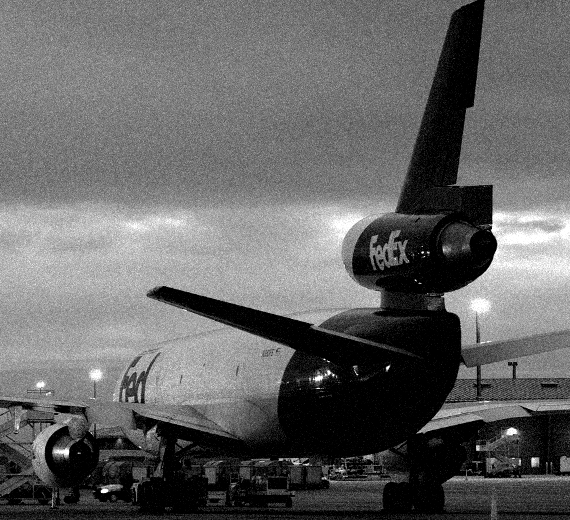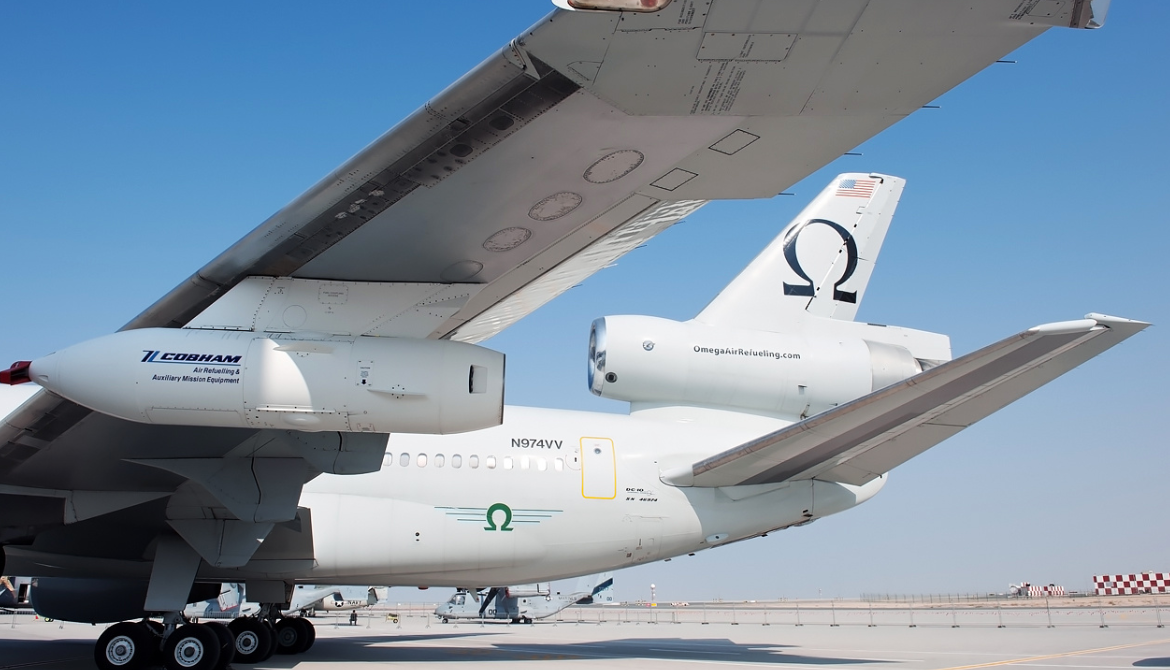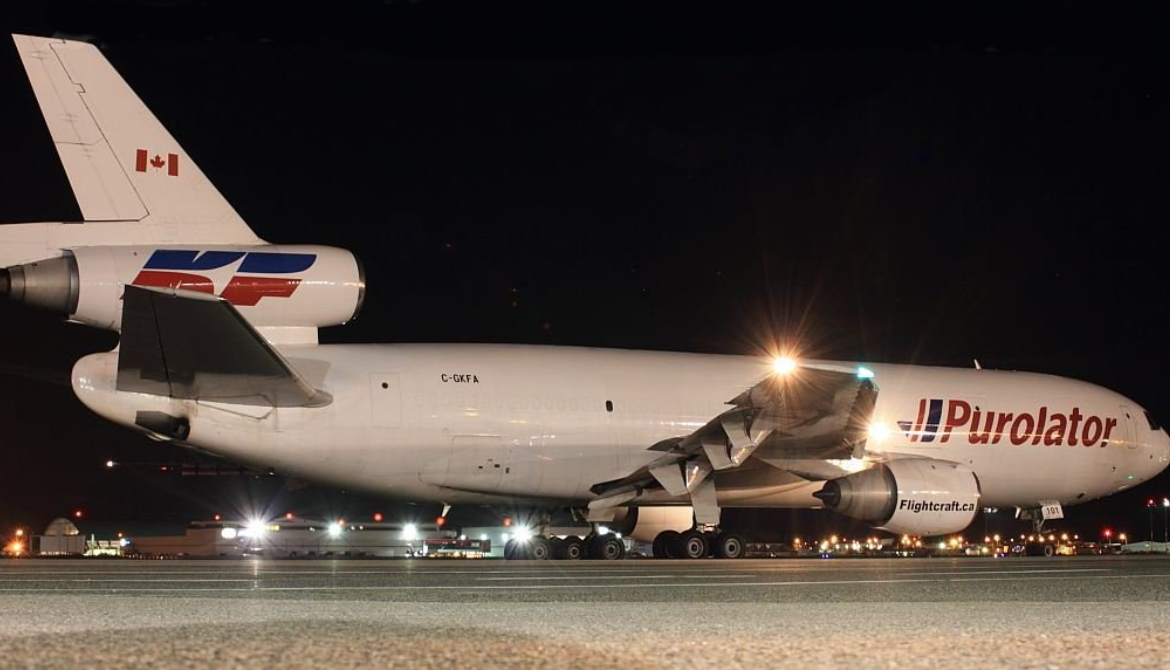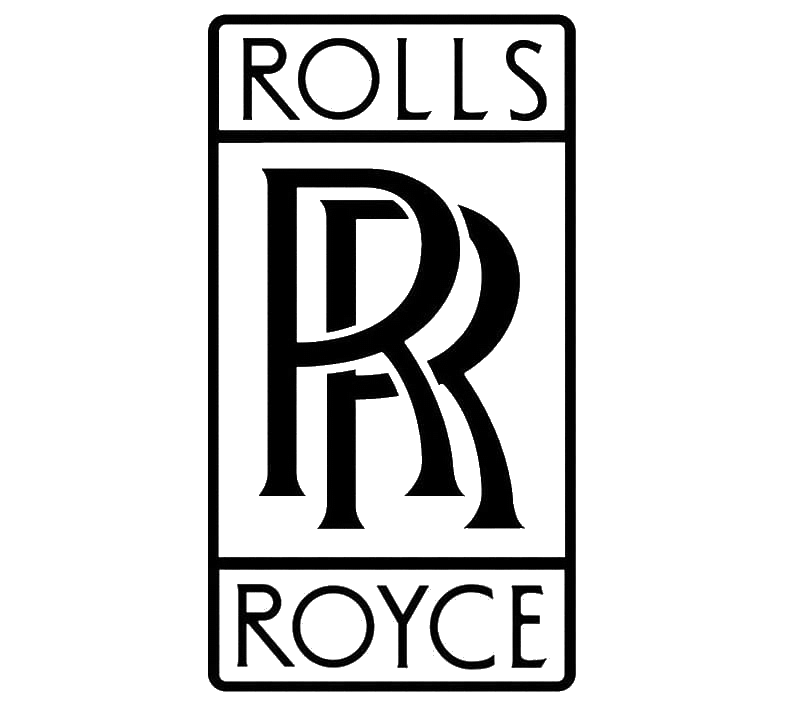McDonnell Douglas DC-10 Trijet
Role Wide-body airliner
National origin United States
Manufacturer McDonnell Douglas
First flight August 29, 1970; 53 years ago
Introduction August 5, 1971, with American Airlines
Retired 2014 (Passenger service)
Status In limited service
Primary users FedEx Express (historical)
American Airlines (historical)
United Airlines (historical)
Northwest Airlines
Produced 1968–1989
Number built
DC-10: 386[1]
KC-10: 60
Variants
McDonnell Douglas KC-10 Extender
DC-10 Air Tanker
Developed into McDonnell Douglas MD-11
.
History
McDonnell Douglas DC-10 Trijet

The McDonnell Douglas DC-10 is an American trijet wide-body aircraft manufactured by McDonnell Douglas. The DC-10 was intended to succeed the DC-8 for long-range flights. It first flew on August 29, 1970; it was introduced on August 5, 1971, by American Airlines.
The trijet has two turbofans on underwing pylons and a third one at the base of the vertical stabilizer. The twin-aisle layout has a typical seating for 270 in two classes. The initial DC-10-10 had a 3,500 nmi (6,500 km) range for transcontinental flights. The DC-10-15 had more powerful engines for hot and high airports. The DC-10-30 and −40 models (with a third main landing gear leg to support higher weights) each had intercontinental ranges of up to 5,200 nmi (9,600 km). The KC-10 Extender (based on the DC-10-30) is a tanker aircraft operated primarily by the United States Air Force.
Layout


The 3-4-3 (left) and 2-5-2 (right) seating configuration
0
KmCeiling
0
KmCombat RANGE
0
Km/hAircraft Speed
0
Max Crew
Photo Gallery
McDonnell Douglas DC-10 Trijet


McDonnell Douglas DC-10 Trijet
General Info
-
-
- Crew3Passengers255 - 270, max. 380)
Wing Span 50,41 m 165 ft 5 in Wing Area 367,7 m² 3958 ft² Length 55,50 m 182 ft 1 in Height 17,70 m 58 ft 1 in Empty Weight 121.200 kg 267.200 lbs max. Takeoff Weight 263.084 kg 580.000 lbs
- Crew3Passengers255 - 270, max. 380)
-
Powerplant
-
-
-
Propulsion 3 Turbofan Engines Engine Model General Electric CF6-50C Engine Power (each) 226,0 kN 50800 lbf alternative Engine Variant Engine Model Pratt & Whitney JT9D-20 Engine Power (each) 219,7 kN 49400 lbf
-
-
Performance
- Maximum speed: 322 mph (518 km/h, 280 kn) at 18,000 ft (5,500 m)
- Cruise speed: 198 mph (319 km/h,
- Range: 1,316 mi (2,118 km, 1,144 nmi)
- Service ceiling: 28,500 ft (8,700 m)
- Rate of climb: 2,850 ft/min (14.5 m/s)
- Wing loading: 46.6 lb/sq ft (228 kg/m2)
- Power/mass: 0.149 hp/lb (0.245 kW/kg)
Aircraft of comparable role
.
Links to Youtube & Others
The KC-10 Extender is a military version of the DC-10-30CF for aerial refueling. The aircraft was ordered by the U.S. Air Force and delivered from 1981 to 1988. A total of 60 were built.[69] These aircraft are powered exclusively by General Electric CF6 turbofan engines.
McDonnell Douglas
DC-10 Trijet
A long-range model and the most common model produced. It was built with General Electric CF6-50 turbofan engines, with larger fuel tanks and a larger wingspan.
Youtube Link
The DC-10 is capable of performing all-weather operations, a function that many preceding jetliners had been incapable of.












